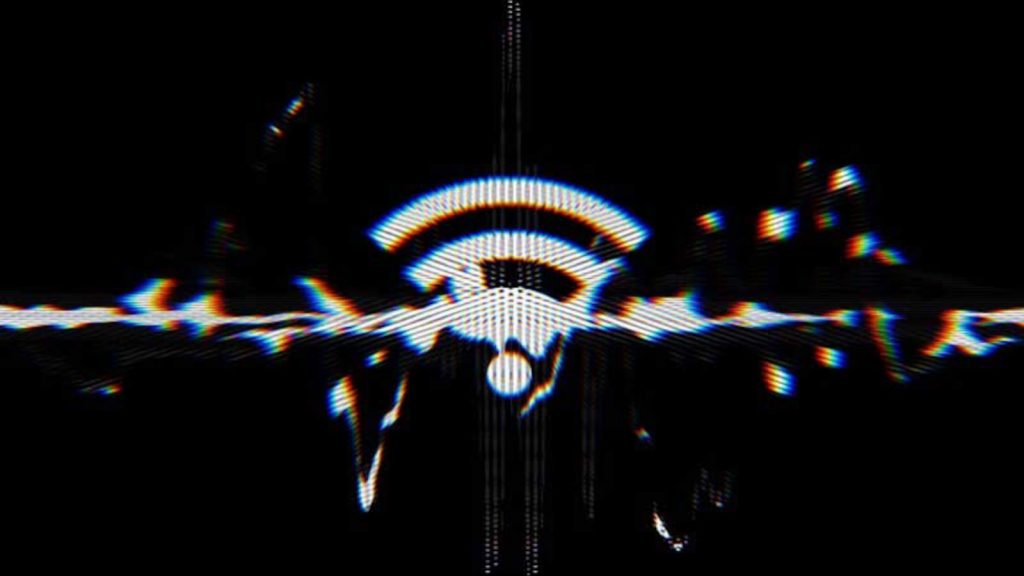
A cybersecurity researchers have recently discovered a critical Wifi protocol flaw in the design of the IEEE 802.11 WiFi protocol standard. This vulnerability allows attackers to manipulate data transmission, frame redirection, client spoofing, and capturing. The flaw specifically affects the power-saving mechanisms in the standard. It enable WiFi devices to conserve power by buffering or queuing frames destined for sleeping devices. This flaw can lead to the hijacking of TCP connections and intercepting client and web traffic.
The vulnerability
WiFi frames are data containers that include information such as source and destination MAC addresses, control, and management data. These frames are transmits in queues, and the standard includes power-save mechanisms. It allows WiFi devices to conserve power by buffering or queuing frames destined for sleeping devices.
The problem is that it ques frames are not adequately safe from adversaries. An attacker can spoof the MAC address of a device on the network. It send power-saving frames to access points, forcing them to start queuing frames destined for the target. Then, the attacker transmits a wake-up frame to retrieve the frame stack.
The frames are usually under encryption using the group-address encryption key, shared among all the devices in the WiFi network. Or a pairwise encryption key, unique to each device and used to encrypt frames exchange between two devices. However, the attacker can change the security context of frames by sending authentication and association frames to access point. Thus forcing it to transmit the frames in plaintext form or encrypt them with an attacker-provided key.
The impact of WiFi protocol flaw
The attacks have a widespread impact, as they affect various devices and operating systems, including Linux, FreeBSD, iOS, and Android. These attacks can hijack TCP connections or intercept client and web traffic. An adversary can use their own internet-connected server to inject data into this TCP connection by injecting off-path TCP packets with a spoofed sender IP address. This can be abused to send malicious JavaScript code to the victim in plaintext HTTP connections with the aim of exploiting vulnerabilities in the client’s browser.
While this attack could also be used to snoop on traffic, as most web traffic is encrypted using TLS, there would be a limited impact. However, these attacks could be used to inject malicious content, such as JavaScript, into TCP packets.
Mitigation measures
The technical details and research are available in USENIX Security 2023 paper, which will be presented at the upcoming BlackHat Asia conference on May 12, 2023.
Cisco was the first vendor to acknowledge the impact of the WiFi protocol flaw. They admit that the attacks outlined in the paper may be successful against Cisco Wireless Access Point products and Cisco Meraki products with wireless capabilities. However, Cisco believes that the retrieved frames are unlikely to jeopardize the overall security of a properly secured network.
Cisco recommends applying mitigation measures like using policy enforcement mechanisms through a system like Cisco Identity Services Engine (ISE), which can restrict network access by implementing Cisco TrustSec or Software Defined Access (SDA) technologies. They also recommend implementing transport layer security to encrypt data in transit whenever possible because it would render the acquired data unusable by the attacker.
Currently, there are no known cases of malicious use of the flaw discovered by the researchers.
Recap on WiFi protocol flaw
The recently discovered fundamental security flaw in the IEEE 802.11 WiFi protocol standard can have serious consequences. Attackers can hijack TCP connections or intercept client and web traffic by exploiting the power-saving mechanisms in the standard. Mitigation measures such as policy enforcement mechanisms, Cisco TrustSec, or Software Defined Access (SDA) technologies, and implementing transport layer
